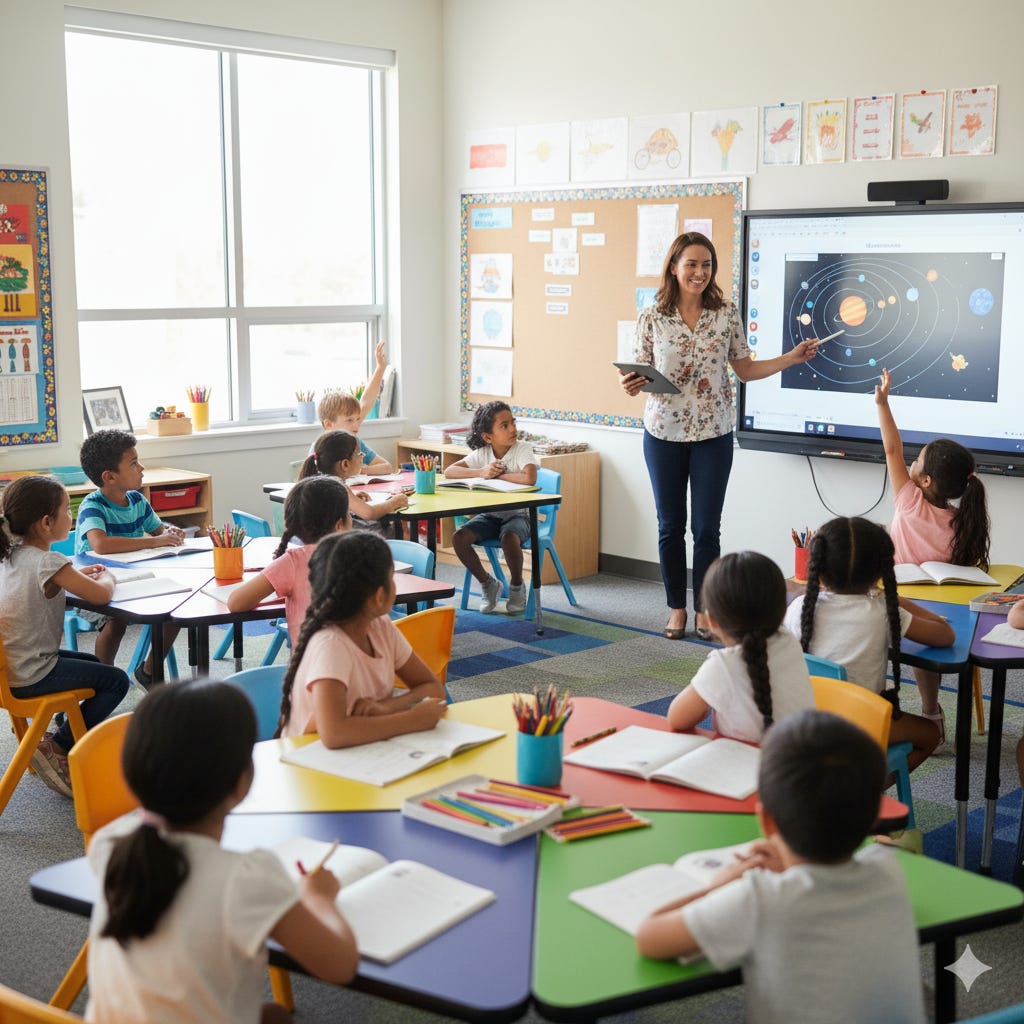How to Replace Boring Lectures with Accelerated Learning: 5 Proven Strategies Every Educator Must Know
Transform your classroom, college, or training room into an engaging learning lab that multiplies focus, retention, and results.
The Real Problem: Why Students Zone Out
Let’s be honest, in today’s classrooms, attention spans are shorter than ever.
Students are surrounded by quick dopamine hits from YouTube, reels, and games — while we still rely on the same old chalk-and-talk model that hasn’t changed in decades.
The result?
🔹 Low engagement.
🔹 Poor memory retention.
🔹 A disconnect between theory and real-life application.
This isn’t just a student problem. It’s a teaching design problem.
And the solution isn’t more information — it’s better learning experiences.
That’s where Accelerated Learning comes in.
🚀 What is Accelerated Learning?
Accelerated Learning (AL) is not about rushing through chapters.
It’s about designing experiences that align with how the brain actually learns best — through emotion, visualization, movement, and association.
When we apply these techniques, students grasp faster, remember longer, and perform better, without added stress.
🔑 5 Proven Strategies to Bring Accelerated Learning Into Your Classroom
1. Start Every Lesson with a Brain Hook
The first 5 minutes decide everything.
Begin with a story, a question, a mystery image, or a brain teaser related to your topic.
🧠 Why it works: It triggers curiosity and primes the brain to learn faster.
Action Step: Replace your next lecture opening with a “What if…” question or a relatable story.
2. Visualize Everything
Replace paragraphs with mind maps, doodles, diagrams, and color codes.
Visualization activates both sides of the brain — logical and creative — making learning stick.
Action Step: After every topic, ask students to draw a visual summary instead of taking notes word-for-word.
3. Use Memory Techniques for Recall
Simple mnemonic tools like acronyms, story chains, and memory palaces can help students retain complex concepts with ease.
Action Step: Pick one hard topic this week and challenge your students to convert it into a fun story or acronym.
4. Gamify Learning
Turn assessments into mini challenges. Use points, levels, and peer contests to make learning interactive.
Gamification builds intrinsic motivation and transforms dull practice into active participation.
Action Step: Create a “Level-Up” tracker for your subject where students unlock badges for progress.
5. Connect Emotion to Learning
Facts fade; feelings don’t.
When students feel connected — through stories, group discussions, or real-world relevance — their retention skyrockets.
Action Step: Relate every chapter to something from daily life. Let students share personal examples in class.
The Impact You’ll See
When educators shift from “teaching information” to “creating experiences,”
You’ll notice:
✅ More attentive and confident students.
✅ Improved grades and deeper understanding.
✅ A joyful classroom energy that fuels both students and teachers.
Thoughts to summarize
The classrooms of the future won’t be quiet; they’ll be buzzing with curiosity, color, and creativity.
As educators, your role is not to pour knowledge, but to ignite learning.
Accelerated Learning isn’t just a method; it’s a mindset shift that makes learning alive again.
To you
If you’re an educator, parent, or school leader who wants to implement these methods in your classroom or institution,
subscribe to this Substack and stay tuned. I’ll be sharing step-by-step blueprints, activities, and templates to help you bring Accelerated Learning to life.
Let’s ignite the way we learn and teach together.


